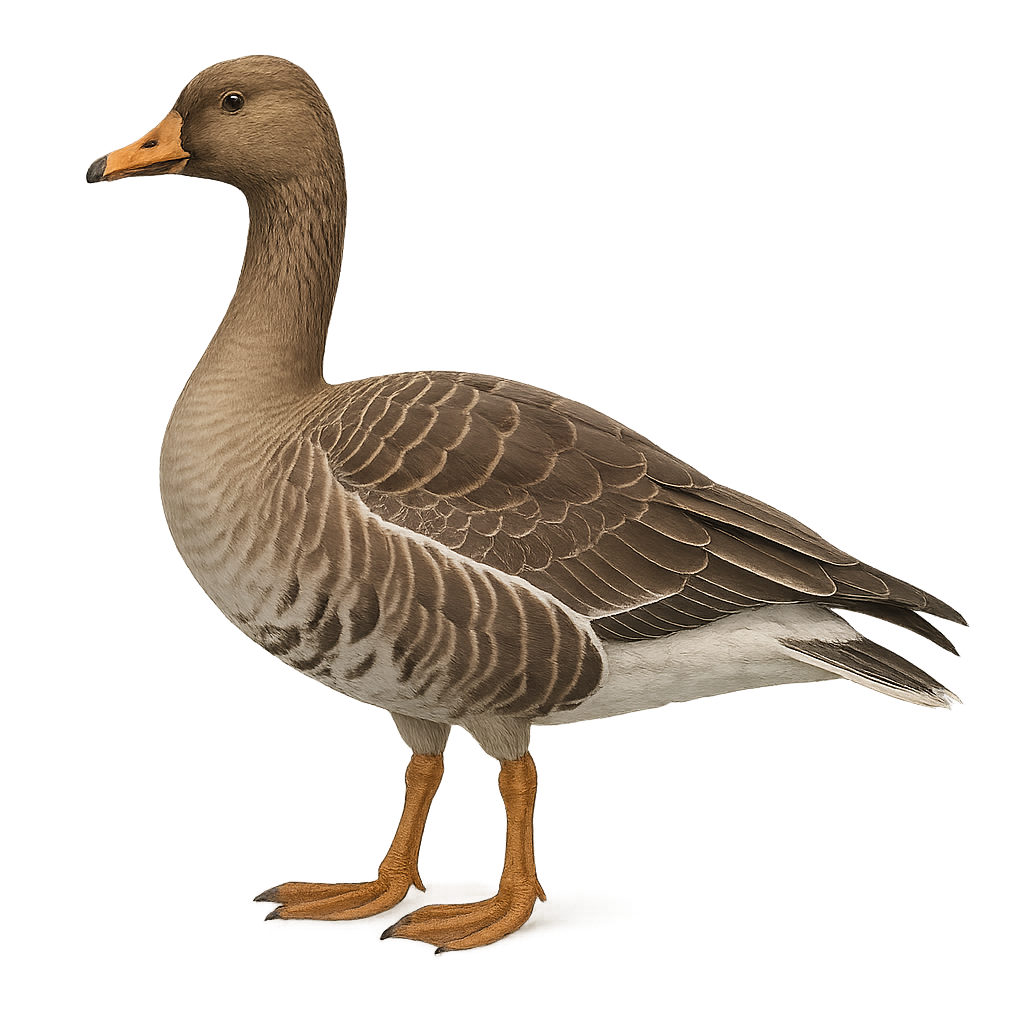Your wildlife photography guide.
Explore the bean goose in detail, study its behavior, prepare your shots.
Where to observe and photograph the bean goose in the wild
Learn where and when to spot the bean goose in the wild, how to identify the species based on distinctive features, and what natural environments it inhabits. The WildlifePhotographer app offers tailored photography tips that reflect the bean goose’s behavior, helping you capture better wildlife images. Explore the full species profile for key information including description, habitat, active periods, and approach techniques.
Bean Goose
Scientific name: Anser fabalis

IUCN Status: Near Threatened
Family: ANATIDAE
Group: Birds
Sensitivity to human approach: Suspicious
Minimum approach distance: 30 m
Courtship display: June to July
Incubation: 25–28 jours
Hatchings: June to July
Habitat:
Wetlands, marshes, open fields
Activity period :
Primarily active during the day, with peak activity in the morning and late afternoon.
Identification and description:
The Bean Goose, Anser fabalis, is a medium-sized migratory bird belonging to the Anatidae family. It is recognizable by its brown-grey plumage, orange legs, and black bill with an orange band. Found mainly in wetlands, marshes, and open fields across Europe and Asia, it migrates south in winter, sometimes reaching North Africa. The Bean Goose is a gregarious species, often seen in large flocks. It primarily feeds on aquatic plants, seeds, and cereals. Although its conservation status is concerning, it remains widespread within its range.
Recommended lens:
400mm – adjust based on distance, desired framing (portrait or habitat), and approach conditions.
Photography tips:
To photograph the Bean Goose, it is advisable to use a 400mm or longer telephoto lens to capture detailed images without disturbing the bird. The best opportunities arise early in the morning or late afternoon when the light is soft. Look for wetlands or open fields where they gather. Be patient and discreet, wearing neutral-colored clothing to blend into the environment. A tripod can be helpful to stabilize your camera during extended shooting sessions.
The WildlifePhotographer App is coming soon!
Be the first to explore the best nature spots, track rutting seasons, log your observations, and observe more wildlife.
Already 1 439 wildlife lovers subscribed worldwide

